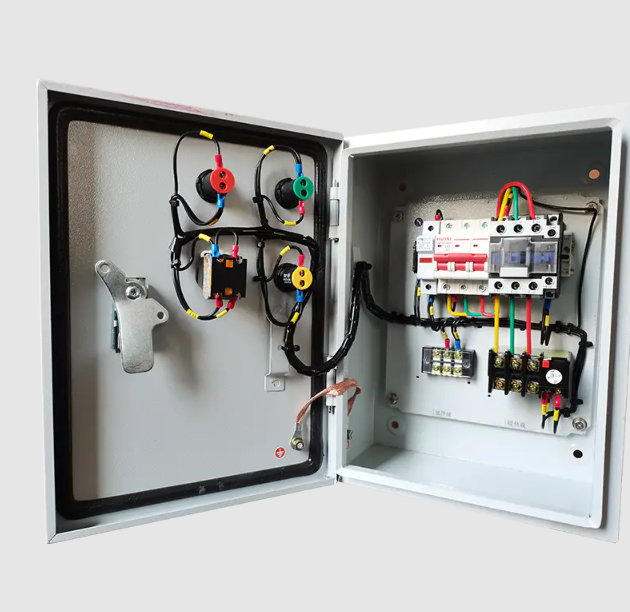How Electrical Panels Shape Pump Performance

Soft Starter Cabinet working alongside Water Pump Starer is commonly found in water distribution equipment across residential, municipal and agricultural settings. The joint appearance of these devices reflects their shared influence on pump activation, electrical load balance and overall motor behavior. Their cooperation helps engineers create systems that respond steadily to varying operational demands.
The Soft Starter Cabinet facilitates a controlled start-up, helping the motor transition from idle to running speed without abrupt torque. This supports pump components that may otherwise experience stress under direct switching. The Water Pump Starer, meanwhile, acts on command signals and initiates the pumping sequence. Its function centers around providing timely activation based on sensor input.
Different pump configurations shape how the devices are applied. A single-pump system supplying a building may require gentle acceleration to protect pipeline stability. A multi-pump irrigation system, however, may prioritize rapid switching to meet flow demands. These differences encourage engineers to fine-tune starter settings so pump response aligns with actual usage needs.
Panel designers consider wiring pathways, cable capacity and accessibility when constructing a Soft Starter Cabinet. Adequate ventilation helps maintain internal temperature stability. The Water Pump Starer must connect cleanly to pressure or level controllers, ensuring accurate signal transfer. When both devices share a panel, planning their arrangement becomes essential to avoid cluttered wiring.
Technicians performing commissioning tests examine pump behavior at different ramp times. Adjustments are made until water pressure stabilizes within an acceptable range. The pump starer’s switching action must also remain smooth, preventing unnecessary cycling. Sensor calibration plays a role in avoiding premature or delayed activation.
In longer-term operation, environmental factors influence component reliability. Dust, humidity and temperature shifts may affect the cabinet or starter if not adequately protected. Regular cleaning, panel sealing and periodic testing help keep both devices operating consistently.
Because pump systems serve essential functions across many industries, control strategies must remain dependable. By employing both starter types, facilities maintain a balance between electrical protection, motor stability and user expectations. These characteristics make the combination a practical approach for pump control across diverse settings.
- Art
- Causes
- Crafts
- Dance
- Drinks
- Film
- Fitness
- Food
- Games
- Gardening
- Health
- Home
- Literature
- Music
- Networking
- Other
- Party
- Religion
- Shopping
- Sports
- Theater
- Wellness


